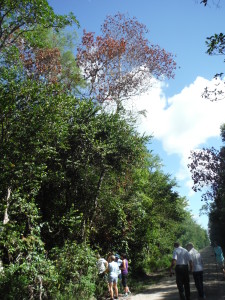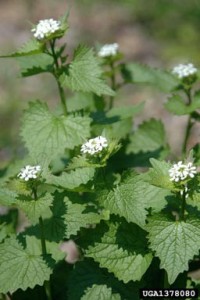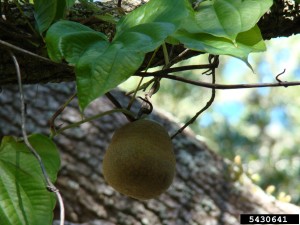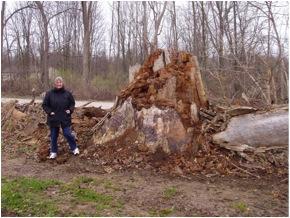 F.T. Campbell dead sweetbay, Florida Everglades
F.T. Campbell dead sweetbay, Florida Everglades
At the global level, the World Conservation Union (IUCN) is the recognized leader in conservation. Information from the IUCN’s Red List has been widely used to inform conservation policies and legislation, as a tool for environmental monitoring and reporting, and to prioritize areas for conservation action.
The IUCN is holding its World Conservation Congress in Honolulu during the first half of September. The several sessions focused on both invasive species and forests have been grouped into “Journeys”. The invasive species Journey schedule is available here. The schedule for the forest Journey is available here I don’t think either puts much emphasis on the year-old Tree Specialist Group.
Over the decades, the Union has increasingly engaged on plant conservation issues. The plants under consideration now include trees! There are multiple ways that you can be part of this important effort. Details are below. One of the efforts’ leaders assures me that the IUCN process will address tree species not yet “endangered” but under severe pressure – currently or virtually certainly in the near future – from established non-native insects and pathogens.
The IUCN has noted that trees have high ecological, economic, and cultural value. Forests are being converted or degraded by many human-related activities, including overharvesting, fire and grazing – to say nothing of climate change and non-native pests. Yet – the impacts of forest conversion and degradation on tree species per se are largely unknown. How many tree species qualify for a “Red List” category: extinct, critically endangered, endangered, or vulnerable? (For a discussion of the criteria applied in assigning categories, go here.
(Of course, full-scale extinction or endangerment of a species is the extreme; ecological damage begins earlier and more locally, as the species declines as the result of a suite of pressures …)
The IUCN has formed a Global Tree Specialist Group to conduct a comprehensive conservation assessment of the world’s tree species, linked to IUCN’s Red List. The effort is being led by the Tree Specialist Group and the Botanic Gardens Conservation International (BGCI). The group’s mission, underlying considerations and process are described in an article published in the Oryx article cited below.
IUCN has recently completed analyses of extinction risk in selected animal groups. They concluded that 14% of bird, 33% of amphibian, and 22% of mammal species are either threatened or extinct.
Preparing the same type of analysis for tree species will be more complicated. First there are many more plant species than ones in the selected groups of animals. Scientists don’t know the total number of extant tree species. One estimate is 60,000. If that estimate is in the ballpark, the status of approximately 84% of tree species has not yet been assessed. Assessments of tree species begun in the 1990s have resulted in approximately 9,500 species being included in one of the Red List categories. They represent slightly less than half of all plant species listed.
To achieve the goal of assessing the status of all tree species by 2020, organizers plan to adopt the approach used successfully in the recent assessments of vertebrate groups – mobilizing global data sets (which have become more numerous and easier to use) and hundreds of volunteer experts.
To start, the Group is focused on specific plant families with high numbers of trees, e.g., Aquifoliaceae, Fabaceae, Fagaceae, Lauraceae, Meliaceae and Myrtaceae. Combined, these families include more than 20,000 species. Assessments of Betulaceae and Ebenaceae have already started, led by BGCI and the Missouri Botanical Garden, respectively.
Project leaders hope to complete 5,000 more tree assessments – new or updates – during 2016.
What is Under Way
Other IUCN specialist groups are assisting in assessing the status of trees in various geographic regions or with particular human uses. The IUCN Plants for People initiative is already assessing timber, medicinal and crop wild relatives. The Crop Wild Relative Specialist Group has prepared draft assessments for over 90 woody species of Malus, Prunus, Pistacia and Mangifera. Specialist Groups and Red List authorities in South Africa, Brazil, and East Africa and several island groups are contributing.
A third focus will be tree species presumed to be most at risk from climate change, e.g., montane and island trees. IUCN Specialist Groups in Hawai`i, New Caledonia, Galapagos, Mascarene Islands, Fiji, and Madagascar are working.
The BGCI is making progress on assessing Europe’s non-coniferous trees. If you wish to help, contact Malin Rivers at malin.rivers@bgci.org.
In North America, the U.S. Forest Service hosted a meeting on “Gene Conservation of Tree Species” at the Morton Arboretum in Chicago in May 2016. Murphy Westwood facilitated a special session during which “listing” experts from IUCN, NatureServe, USFS CAPTURE Program, and the U.S. Fish and Wildlife Service compared their assessment processes and discussed how data might be shared more efficiently. A goal of completing the IUCN Red List of North American Trees was agreed on. The Morton Arboretum will help coordinate the effort. To contribute please contact Murphy Westwood at mwestwood@morton.org.
One suggestion was to conduct an IUCN Red List assessment for the genus Fraxinus. Two ash species – one Asian, one Central American – are included in the IUCN Red List (although one needs to be updated). Jeanne Romero-Severson of Notre Dame University has offered to undertake assessments for green ash, Fraxinus pennsylvanica, and black ash, Fraxinus nigra. If you wish to help, contact Sara Oldfield at sara@saraoldfield.net.
(I think several other species also warrant IUCN assessment, including redbay Persea borbonia, tanoak Notholithocarpus densiflorus, and whitebark pine Pinus albicaulis)
This IUCN effort represents yet a fourth set of people examining tree-pest interactions – people integrated into traditional, internationally-focused conservation organizations. There are at least three other groups already involved: (1) forest pest experts in academia and government agencies, (2) people who focus on invasive species, and (3) phytosanitary officials. I think that these latter three groups already interact less smoothly than would be ideal. How can we all combine our efforts to enhance protection programs?
Might more of the scientists who work on insects and pathogens attacking tree species join the IUCN Tree Specialist group? Might organizers of meetings make a greater effort to engage people from all four silos in discussions of strategies? Might some virtual for a be established that could facilitate communication across the gaps – perhaps emphasizing the gap between invasive species experts and phytosanitary officials?
Finally, how can we use the new focus on tree species’ degree of endangerment to enhance efforts to prevent and respond to invasions by non-native insects and pathogens? How do we link these concerns to existing attention to the ecological and economic impacts – which begin to manifest long before a species qualifies as “endangered”. How can the various approaches reinforce each other?
SOURCES
Newton, A., S. Oldfield, M. Rivers, J. Mark, G. Schatz, N. Tejedor Garavito, E. Cantarello, D. Golicher, L. Cayuela, and L. Miles. 2015. Towards a Global Tree Assessment. Oryx, Volume 49, Issue 3, July 2015, pp. 410-415.
Explanatory information available at
https://www.bgci.org/plant-conservation/globaltreeassessment/
Click to access GTALeaflet%20FINAL.pdf
The GTSG Newsletter is apparently available only to those who are part of the IUCN network.
For more information, contact Sara Oldfield, Co-Chair GTSG, at sara@saraoldfield.net
Posted by Faith Campbell



